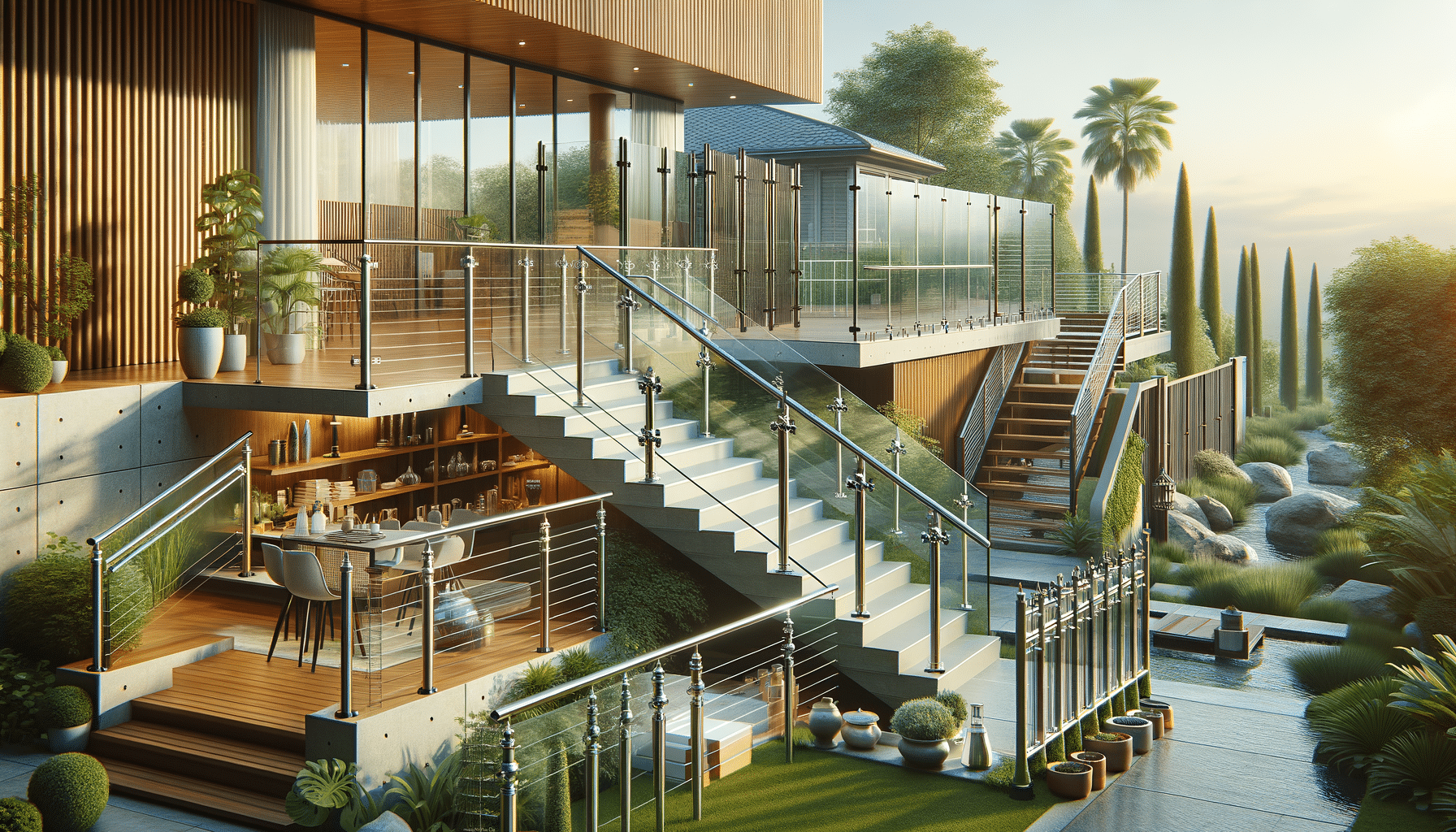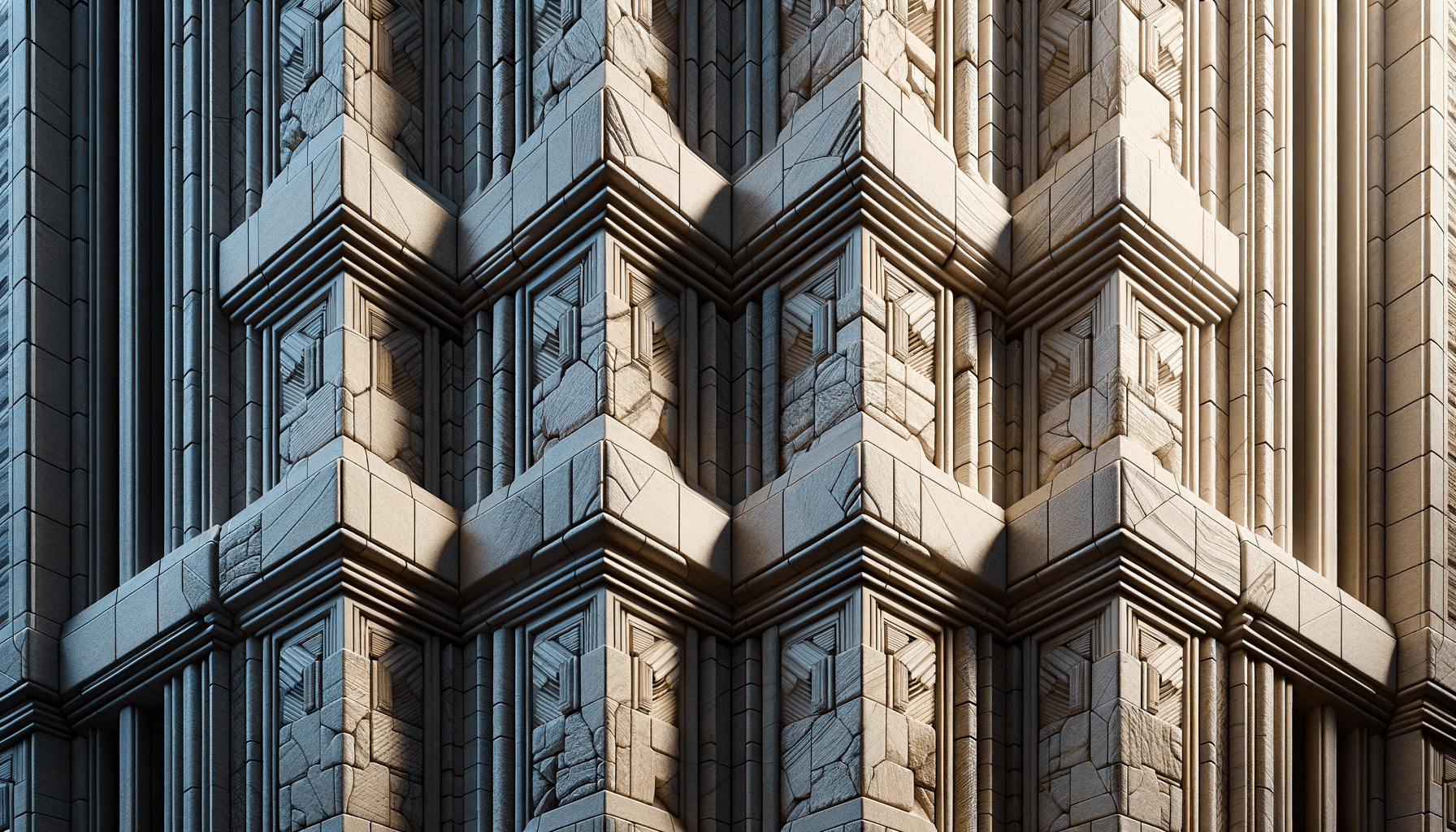
Exploring Modern Railing Options for Your Home and Garden
Introduction to Modern Railing Options
In the realm of home and garden design, railings play a crucial role in both aesthetics and safety. From the sleek and modern glass balustrade to the rustic charm of a split rail fence, the choices are vast and varied. This article delves into the different types of railings available today, including glass railing, cable railing, glass stair railing, cable railing for decks, aluminum railing, dado rail, and Trex railing. Each option offers unique benefits and can be tailored to suit different architectural styles and personal preferences.
Glass Balustrade and Glass Railing
Glass balustrades and glass railings are increasingly popular in contemporary architecture due to their minimalist appeal and ability to create an illusion of space. These transparent barriers are ideal for areas where unobstructed views are desired, such as balconies and terraces. The elegance of glass stair railing is unmatched, providing a seamless blend with modern interiors while ensuring safety.
Glass railings are typically made from tempered or laminated glass, ensuring durability and safety. They are supported by stainless steel or aluminum frames, which add to their sleek appearance. The installation of glass railings can significantly enhance the value of a property by adding a touch of luxury and sophistication.
Cable Railing for Decks
Cable railing is another modern railing option that is gaining popularity, particularly for outdoor applications. This type of railing uses stainless steel cables as infill, offering a contemporary look that complements various architectural styles. Cable railing for decks is highly favored for its ability to provide safety without obstructing views, making it an excellent choice for properties with scenic surroundings.
Installation of cable railings requires precision to ensure the cables are taut and secure. The posts are usually made from wood, metal, or composite materials, providing flexibility in design. This railing type is also low-maintenance, as the materials used are resistant to corrosion and weathering.
Aluminum Railing and Dado Rail
Aluminum railing is renowned for its lightweight yet sturdy nature, making it a practical choice for both residential and commercial applications. Its resistance to rust and corrosion makes it particularly suitable for outdoor use. Aluminum railings come in various styles and finishes, allowing for customization to match any design aesthetic.
On the other hand, a dado rail, also known as a chair rail, serves a decorative purpose in interior design. Installed horizontally on walls, it adds a classic touch to rooms and can be used to protect walls from damage. While not a railing in the traditional sense, dado rails contribute to the overall design scheme of a space.
Split Rail Fence and Trex Railing
The split rail fence is a timeless option that brings a rustic charm to gardens and rural properties. Made from wood, this type of fence is easy to install and provides a natural barrier that blends seamlessly with the landscape. While primarily used for decorative purposes, it can also serve as a boundary marker.
Trex railing, on the other hand, is a composite railing system that combines the look of wood with the durability of synthetic materials. It is an eco-friendly option that requires minimal maintenance and is resistant to fading, staining, and mold. Trex railings are available in a variety of colors and styles, making them a versatile choice for any home.
Conclusion: Choosing the Right Railing for Your Needs
When selecting a railing system, it is essential to consider both functionality and aesthetics. Each type of railing, from glass balustrades to Trex railing, offers unique benefits that can enhance the safety and beauty of your home and garden. By understanding the characteristics and applications of each option, you can make an informed decision that aligns with your design vision and practical requirements.


